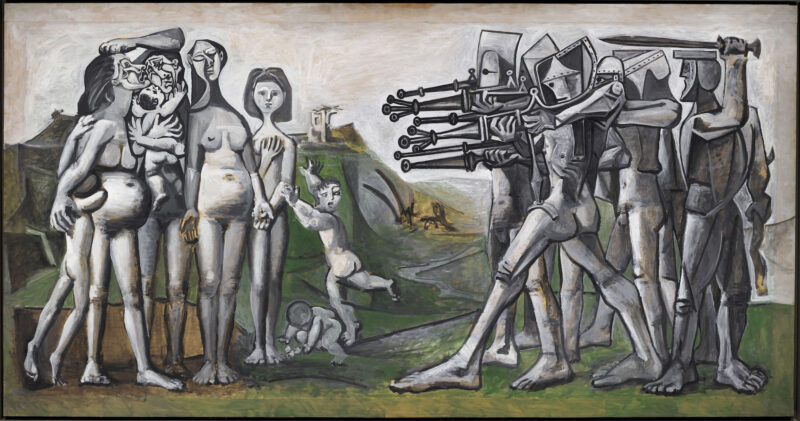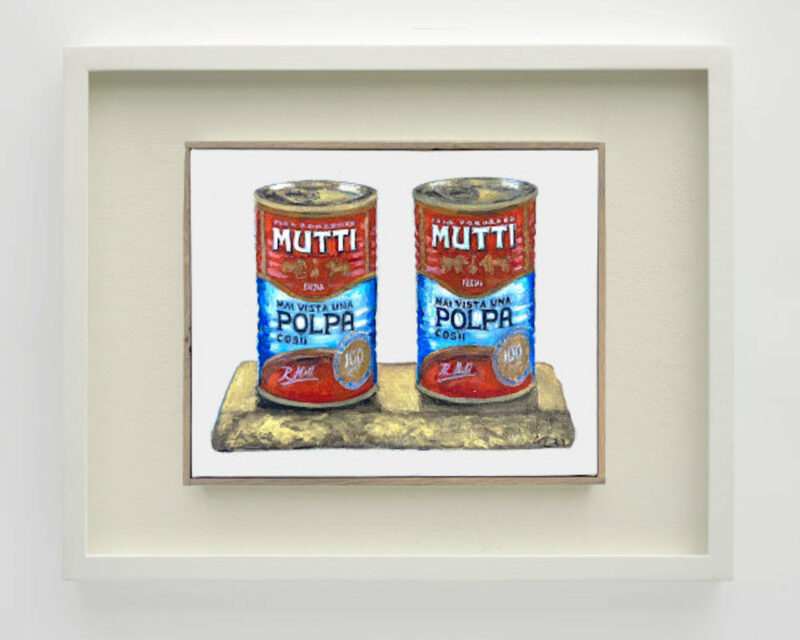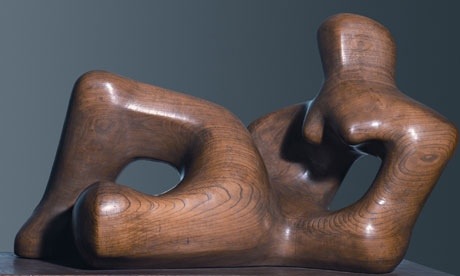
Picasso’s The Source (1921) will be shown at the Tate exhibition with Henry Moore’s Reclining Figure 1936, below. Photographs: Succession Picasso/DACS 2011/courtesy of Moderna Museet, Stockholm; the Henry Moore Foundation
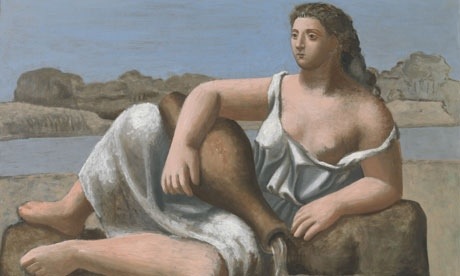
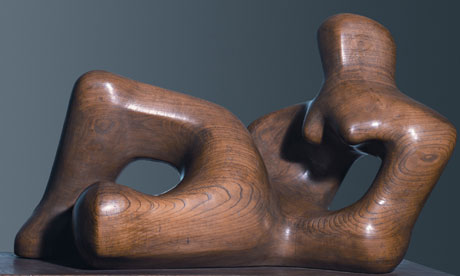
For generations of British artists and art lovers, Pablo Picasso has been the single most important artistic influence, but there has never been a major exhibition examining that influence.
Tate Britain said on Thursday it would fill the gap, announcing a show next spring which will explore in detail how Picasso helped to shape the artists that followed.
“It is a very exciting project,” said the show’s curator, Chris Stephens, Tate Britain’s head of displays. “It is the first time anyone has looked at the subject of the impact of Picasso’s art on British art. Picasso, of course, is the towering genius of 20th-century art – undisputed – and he has held that status since the 1920s. Any artist with avant garde ambitions needed to engage with Picasso’s art.”
Of course it is also a story of “conservative resistance and hostility” to modern art, said Stephens. “That is the dominant view at the beginning of the story but as it moves on, the heroic supporters, the critics, collectors and artists who champion Picasso anticipate the popular acceptance of his work after the second world war.”
As an example, Stephens played an audio clip from 1949 of a ranting Sir Alfred Munnings, the horse-painting president of the Royal Academy, addressing the academy’s annual banquet – a dinner deemed so important it was broadcast live on the BBC.
In a possibly drink-lubricated address, Munnings talked of a “foolish interruption” to art “helped by foolish men writing on the press, encouraging all this damned nonsense”. He invoked the support of Winston Churchill, sitting beside him, who once asked him: “Alfred, if you met Picasso coming down the street would you join me in kicking his … something, something?” “And I said ‘Yes, sir! Yes I would!’ “
Munnings was clearly not representative of all academicians and many British artists had been bowled over by the Spaniard’s genius.
The Tate exhibition will focus on seven British artists heavily influenced by Picasso, displaying works that demonstrate a direct response. Henry Moore’s Reclining Figure 1936 will be shown with Picasso’s La Source (1921), for example, and David Hockney’s portrait of Christopher Isherwood alongside Picasso’s portrait of the mother of his lover Marie-Thérèse Walter.
“It is not some sort of passive influence,” said Stephens. “They’re not just looking at a Picasso and doing a Picasso. Like all great artists they draw on their predecessor’s work and do something new with it.”
The other artists featured in the Tate show will be Duncan Grant, Wyndham Lewis, Ben Nicholson, Graham Sutherland and Francis Bacon, who once said he decided to give up interior design and become a painter when he saw an exhibition of Picasso’s work in Paris in the late 1920s.
Picasso came to wider public attention with a an exhibition of his and Matisse’s work at the Victoria & Albert Museum in 1945, sent over by the French as a thank you for the liberation. In 1960, a Picasso exhibition was held at the Tate and is now seen as the first blockbuster show in London, with queues around the block and 460,000 people visiting, not least members of the royal family.
About 150 works will be in the show, with approximately 70 Picassos. Tate Britain revealed details of the 2012 exhibition on what is now the fourth floor of a training company at the back of the Royal Opera House. In 1919, however, it was a studio where Picasso spent 10 weeks working on the set and stage curtain for Diaghilev’s ballet The Three-Cornered Hat.
As part of next year’s show the English National Ballet will, between 27 February and 4 March, take up residence in Tate Britain’s Duveen galleries, helping to explore Picasso’s enthusiasm for the Ballets Russes.
After 1919, the only other time Picasso was in the UK was in 1950 for a peace conference in Sheffield.
Picasso might have spent much longer in the UK. When he left Barcelona in 1900 to make his way as an artist he was heading to London, full of love for the works of British artists including Edward Burne-Jones and Aubrey Beardsley. He stopped off in Paris, though, and stayed.
• Picasso and Modern British Art, Tate Britain, 15 February-15 July 2012
• This article was amended on 3 November 2011 because the original said the 1950 Sheffield peace conference was cancelled. It went ahead but was depleted because of the Home Office’s refusal to issue visas to many of the overseas visitors who wished to attend.
guardian.co.uk © Guardian News & Media Limited 2010
Published via the Guardian News Feed plugin for WordPress.

